Politics of warmongering: Can India defeat China and Pakistan?
National Security and Conventional Arms Race - Spectre of A Nuclear War is an unusual book that deals with India’s national security in an omnibus manner and it is also dizzying by way of the format chosen by the author, Dr. N.C. Asthana, IPS (retd)
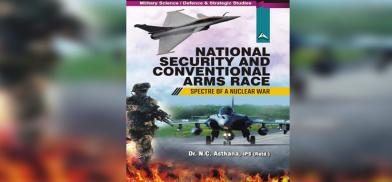
National Security and Conventional Arms Race - Spectre of A Nuclear War is an unusual book that deals with India’s national security in an omnibus manner and it is also dizzying by way of the format chosen by the author, Dr. N.C. Asthana, IPS (retd). The main text is spread in 370 pages and has 15 chapters with as many as 213 paragraphs and sub-paras that dart from one subject to the other in a mercurial manner.
The author, a retired police officer is a nuclear physicist by academic training and as an IPS (Indian Police Service) official; he has served in many different capacities in institutions related to internal security. Dr. Asthana is introduced in the blurb as an author of 48 books on a wide range of security-related subjects, though one must add that this is the first book of the author that this reviewer has had occasion to read. For the record, the volume under review would be number 49.
In the preface, Dr. Asthana provides the rationale for the sweeping scope of the book and the focus on the ‘spectre of a nuclear war’ in relation to Southern Asia and its three nuclear powers namely China, India and Pakistan. Unambiguously critical of the jingoism that has recently spread in India, the author notes caustically: “The general belief inculcated in the ‘inebriated masses’ is that once we go to war under the leadership of some charismatic individual, we would beat the enemies so hard that all our decades old problems with them would be solved forever in one stroke.”
He then cautions the reader: “How it will take place, in spite of both Pakistan and China being nuclear powers and that too armed with many more bombs than we have; the sleepwalkers neither know nor care to know.”
Dr. Asthana sets out to educate the layperson about the many dangers that lie ahead and given the shrill TV debates that pass for objective deliberation with respect to national security, he argues that “the trivialization of the serious business of war has trapped Indians in a vicious circle.” He makes a passionate case to warn that defence of the nation is a complex responsibility and that the common man is often mystified. And to be more informed “it is vital that one should not learn about it from WhatsApp forwards of propaganda factories.”
The 15 chapters are wide spectrum and include - prevailing lust for war; lack of clarity about strategic objectives; India’s Achilles heel: No national war-fighting strategy; importing arms sans strategy; analysis of India’s nuclear arsenal; Pakistan’s nuclear capability; China’s technological advances; can the Indian military steamroll Pakistan ?; how wars can go awry; what ails the Indian Air Force; reality of air defence and ballistic missile defense; blustering and benighted Indian military; fighting a nuclear war; and citizens have made India weak.
This omnibus approach results in a staccato texture to the book and gives it the nature of a useful guide on a very wide range of national security issues. The nuclear-related sections of the book are very relevant and certain forgotten features of India’s overall nuclear profile are recalled. Personally one found the chapters that analyzed the nuclear arsenal of India and Pakistan and the transition to China’s technological advances rewarding.
The section on the Indian nuclear submarine project - ATV (Advanced Technology Vessel) that began under the stewardship of then Prime Minister Indira Gandhi sheds light on a shameful episode of the early phase of the design of the nuclear reactor. Asserting that “the Indian scientific community cannot be allowed to hide its epic incompetence under the guise of secrecy,” Asthana apprises the reader of a long-forgotten episode from 1988 when a retired naval officer Captain BK Subbarao was arrested under the official secrets act at the Bombay (now Mumbai) airport.
The officer who was working on the highly classified project “repeatedly pointed out several defects in the design of the nuclear reactor developed by BARC scientists” and was hence both ostracised and penalized by the atomic energy establishment. It was evident that there was no truth in the accusations against Subbarao and that it was a case of high-octane rivalry and venality and this was borne out in the final judgment when the case went to the Supreme Court.
One line from the October 12, 1991 judgment of the Bombay High Court excavated by the author illustrates the absurdity of the charges levied against Subbarao. Referring to the documents that were ostensibly ‘stolen’ by the accused, the court noted with anguish: “ I am constrained to record that they could never be rightly classified as secret....their contents so commonplace that no third party, leave alone a foreign agent, would want them...curiously enough, one of the offensive documents is Dr. Rao’s own Ph.D. thesis submitted to the IIT Bombay. It is appalling that the crusade against a brilliant scientist has been carried to such distressing limits.”
The greater pity is the inability and reluctance of the higher defence management of India to redress such malignancies that are institutional in nature, for the Subbarao case was not isolated.
The author is scathing in his criticism about various aspects of the national security edifice and while certain assertions are sweeping and debatable – the orientation is not misplaced. Drawing attention to the huge fiscal costs that the Indian military wish list for inventory would entail in the long run, the advocacy of this book is persuasive.
Cautioning against any kind of military misadventure with the neighbours, the conclusion merits reflection by all Indians: “there is no ‘once and for all’ solution to our strategic problems with Pakistan or China.”
For the way ahead that India would have to traverse, to effectively deal with a post-Galwan regional security challenge in an affordable manner, perhaps one will have to wait for the 50th book by this prolific author.
(National Security and Conventional Arms Race - Spectre of A Nuclear War; by Dr. N.C. Asthana, IPS (retd); Aavishkar Publishers, Jaipur ; 2021; hardcover - Rs 2500; pgs 430 with index
(The writer is Director, Society for Policy Studies - SPS)





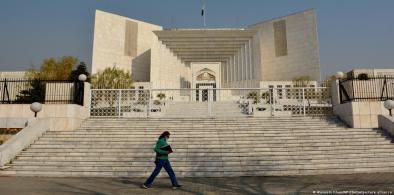

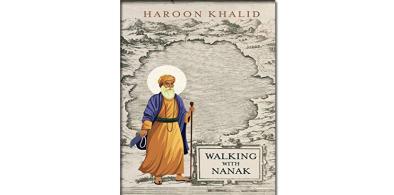
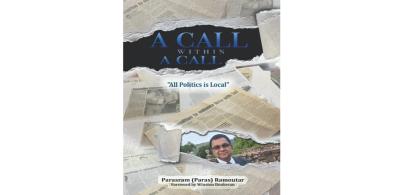

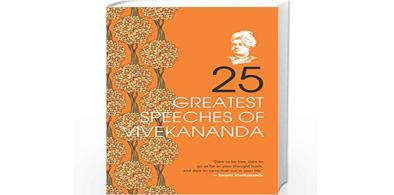
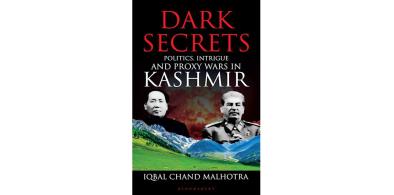
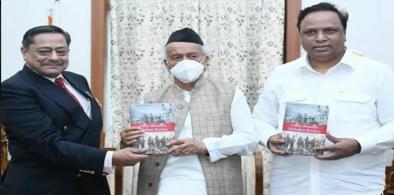
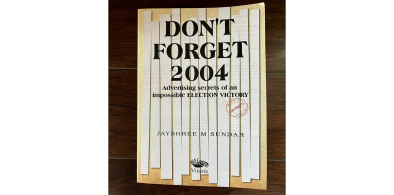






Post a Comment